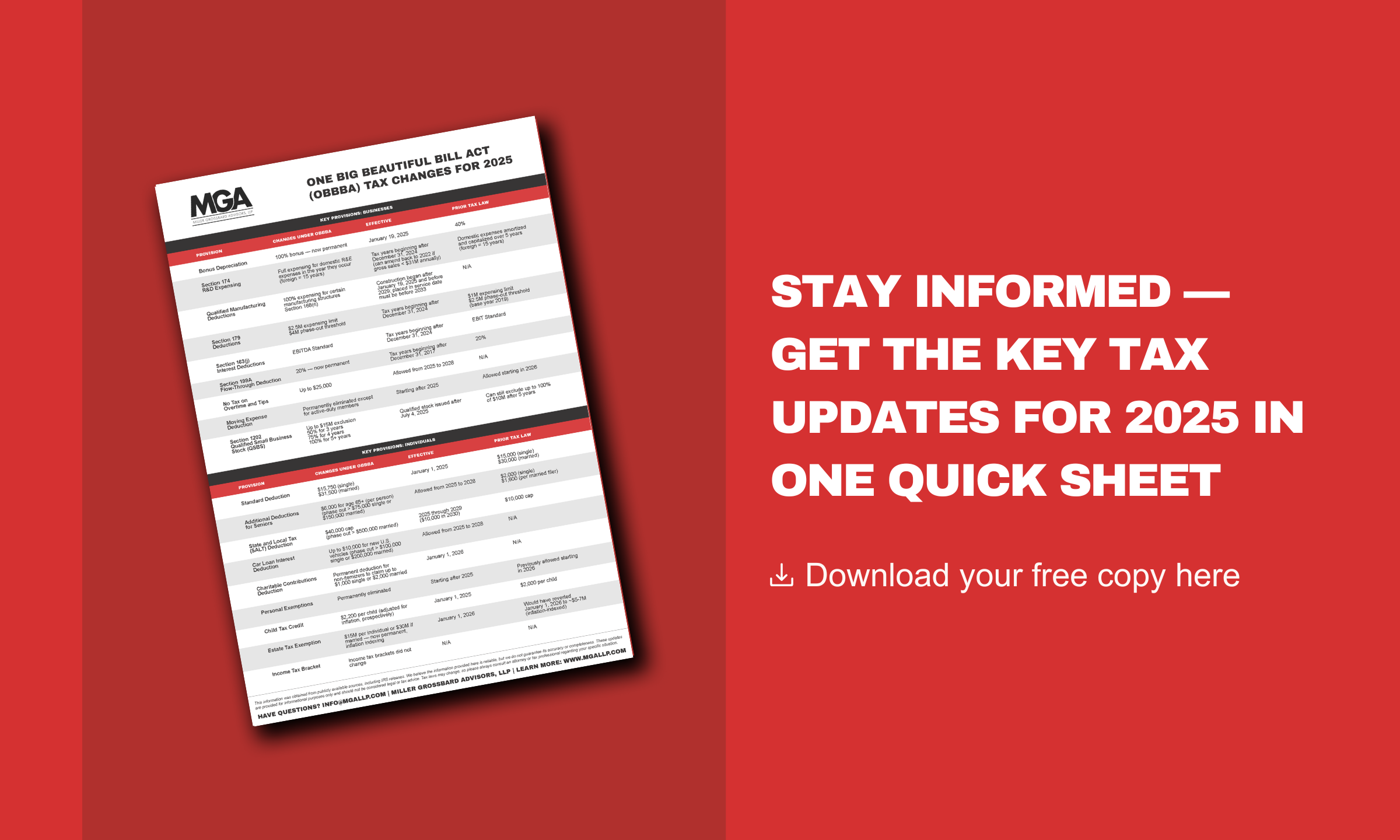First things first, let's talk about what a 529 plan is. It's a savings plan specifically designed for education expenses. You contribute after-tax dollars into the account, and the earnings grow tax-free. When you withdraw the money for qualified education expenses, you won't have to pay any taxes on the earnings.
But what happens if your child graduates and doesn't end up needing all the funds in the 529 plan? Or what if you set up a 529 plan for your grandchildren, and those funds won’t be used for college? That's where the idea of rolling over a 529 plan into a Roth IRA comes in.
Starting in 2024, you can roll over funds from a 529 plan into a Roth IRA without penalty. This is part of the Secure Act 2.0 federal legislation passed into law in late 2022. Previously, any unused funds from a 529 plan were subject to a 10% penalty upon withdrawal (but note that only the withdrawn earnings are subject to taxes and the penalty, not the contributions themselves), so this reduces the risks of putting away money for college expenses.
Tax-Free Rollovers from 529 Plans to Roth IRAs: Things to Consider
So, why might you want to roll over a 529 plan into a Roth IRA? For one, it can offer more flexibility with how the beneficiary uses the funds. They can still use the money for education expenses but also for other things, like buying a home or supplementing their retirement income.
Another benefit of rolling over a 529 plan into a Roth IRA is that you can potentially save on taxes in the long run. If your child ends up not needing all the funds in the 529 plan, you can withdraw the excess and roll it over into a Roth IRA for the beneficiary, avoiding paying taxes on the earnings. To complete the rollover, the owner of the Roth IRA (who must also be the beneficiary of the 529 plan) needs to have includible compensation that matches or exceeds the rollover amount. Also note that any transfers count against the annual cap, which is currently at $6,500, and the lifetime limit for rollovers, which is currently at $35,000.
Of course, as with any financial move, there are some important things to consider. For example, rolling over a 529 plan into a Roth IRA can affect your eligibility for financial aid. It's also important to make sure you're following all the rules and regulations. To be eligible for the 529 to Roth IRA rollover, you must have owned the 529 account for at least fifteen years. Additionally, you can only convert funds that have been in the account for at least five years. It's crucial to set up these plans as soon as possible to start the clock ticking on the fifteen-year ownership requirement so that you will be eligible for the transfer if you end up having unused funds.
Is Rolling Over a 529 Plan into a Roth IRA Right for You?
Saving in a 529 plan carries inherent risks as there is a chance that some of the funds set aside might not be utilized for educational purposes, which could lead to penalties or taxes. However, in such cases, rolling over a 529 plan into a Roth IRA can be a great option. You need to evaluate the benefits and drawbacks and consider your unique circumstances before deciding what to do. As with any major financial decision, it's important to do your own due diligence and seek advice from a financial expert to ensure that you're making the right choice for you.
If you have questions, let’s talk!
We are here to make the complex simple.
Subscribe Now!
Enjoy reading our articles? Click here to receive instant notifications as we publish new blog posts, videos, webinars, white papers, and more. Or, if you'd prefer monthly updates, you can subscribe here.
.png?width=191&name=mgalogofinal-01%20(3).png)




